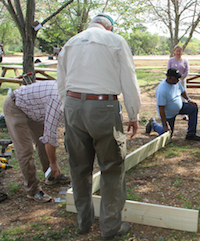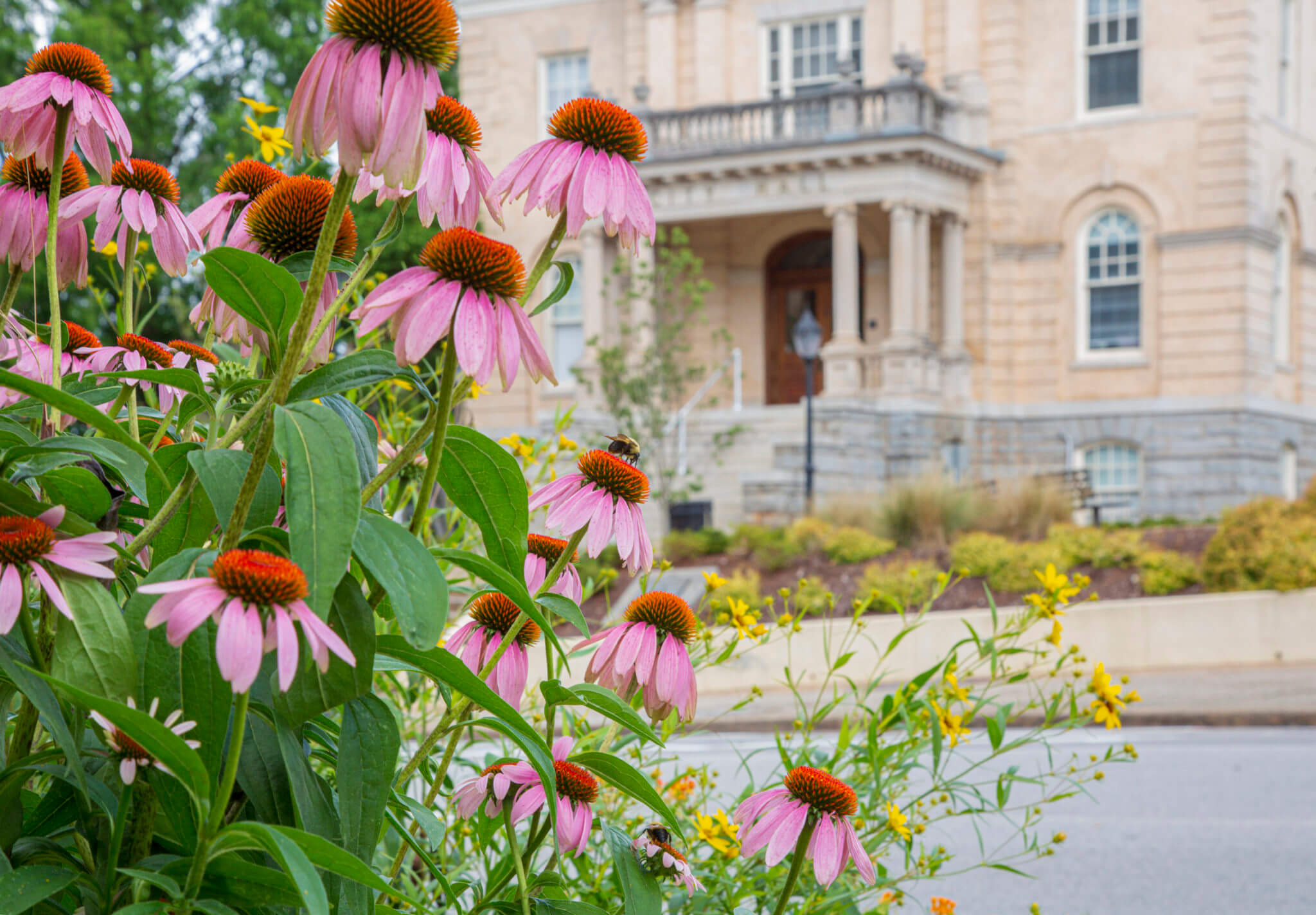Planting a garden in raised beds is an easy way to join the local food movement and grow your own food.
“Raised beds are a great way to garden on a small scale,” said Bob Westfield, a consumer horticulturist with University of Georgia Cooperative Extension.
Raised bed frames can be made of wood, masonry blocks or other building material.
“At UGA we still say it’s perfectly fine to use treated wood. Cutting the wood is much more dangerous to you than any chemicals that leach out,” he said. “And the treated wood will last. I have some beds that are 12 years old.”
Work with the wood's dimensions
A typical raised bed is 6 to 8 inches high, 3 to 6 feet wide and 6 to 8 feet long.
“Lumber comes in 8-, 10- and 12-foot lengths, so keep the dimensions of your raised beds to multiples of 2 or 3 feet to minimize waste,” Westerfield said.
For example, if the bed dimensions are 3’ x 6’, then 12-foot lumber is perfect. A 4’ x 8’ bed is most easily built with 8-foot lumber, although 12-foot lumber works, too.”
If you use recycled wood, the length of the lumber will determine the width and length of the raised bed.
“There is no set length if you build your raised bed from rock or blocks, but keep in mind you will need to easily get around the entire bed to care for your plants,” he said.
Plan for irrigation
Keep in mind how you will water when you are planning the layout of your raised bed.
“Drip irrigation is much easier to install when beds are in an orderly pattern, preferably a straight line. Overhead sprinklers can be placed and adjusted to cover almost any garden layout, but they work best if raised beds are in a circular, square or rectangular pattern,” Westerfield said. “Hand watering requires dragging a hose, so uniform bed spacing and layout will make this task easier.”
Once your raised beds are built, add at least 6 to 8 inches of soil.
“I till up the natural soil and then I add bagged amendments like river sand and manure,” he said. “Then I mix them to get a good homogeneous mix. Keep in mind, the deeper your raised bed, the more soil you will need to fill it up.”
Easier to manage
According to Westerfield, there are many advantages to gardening in raised beds, including easier management, prevention of soil compaction and plant damage, less weeding and better drainage.
Raised beds can also extend a gardener’s growing season. “The soil in raised beds warms up more quickly in the spring and usually drains better allowing for a longer growing season and better growing conditions,” he said.
While there are many advantages to raised beds, there are also some disadvantages. They need to be filled with soil, which can be expensive. And some crops don’t perform well in raised beds.
“For example, sweet corn requires larger blocks of plants to ensure proper pollination. Watermelons tend to overtake a small raised bed, unless compact varieties are grown and perhaps trellised,” Westerfield said.
For more information on building raised gardening beds, see the UGA Extension publication Web site at www.caes.uga.edu/publications.



.png)

.jpg)

.jpg)